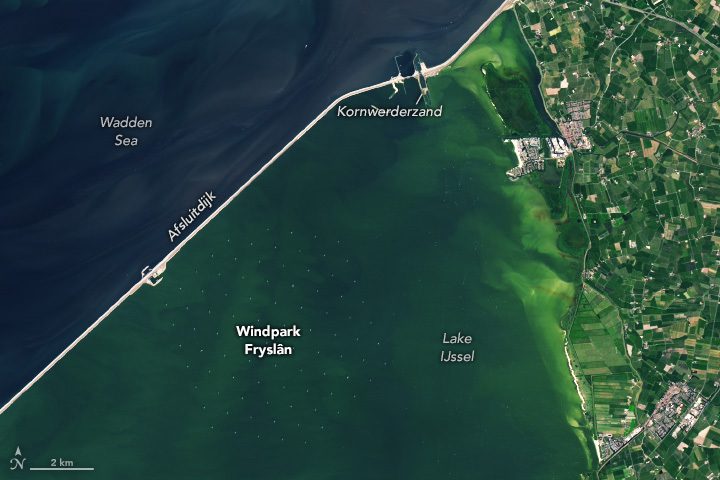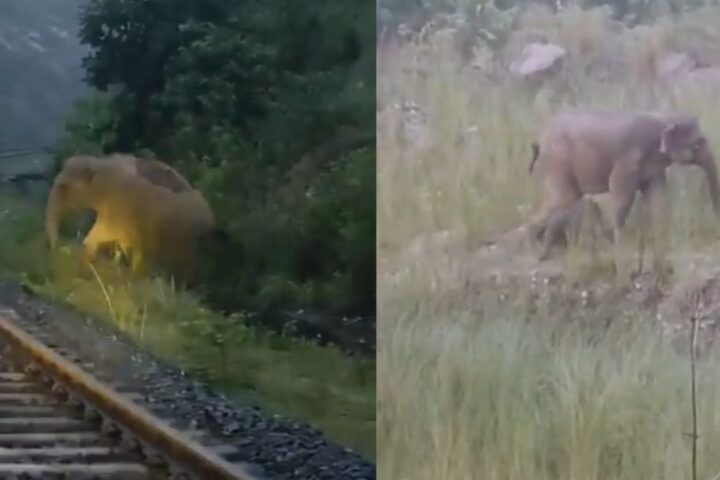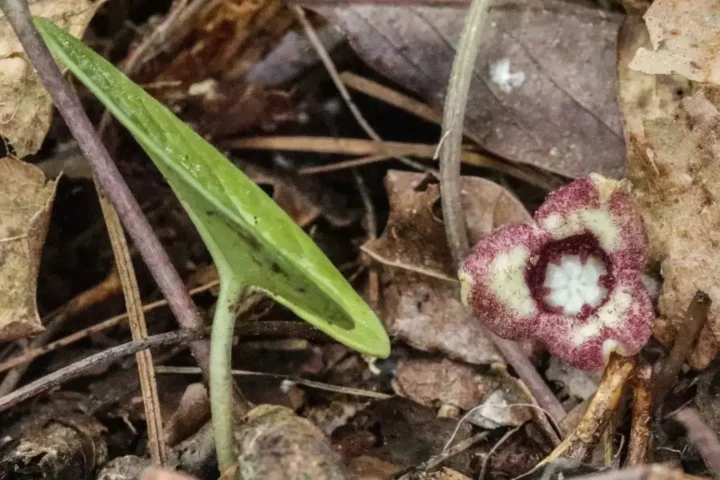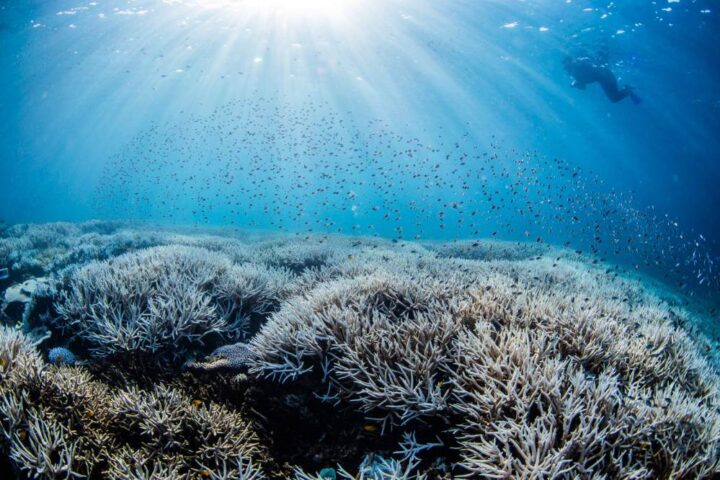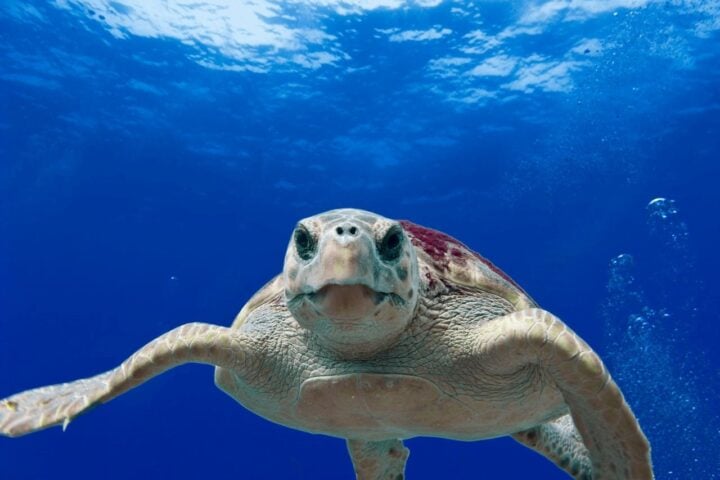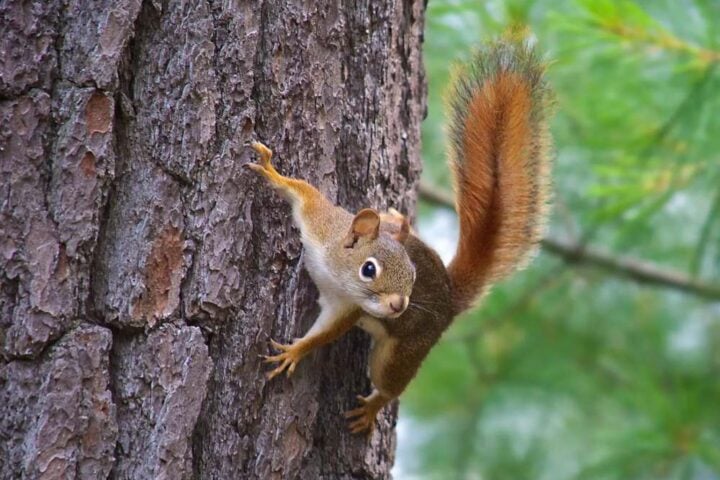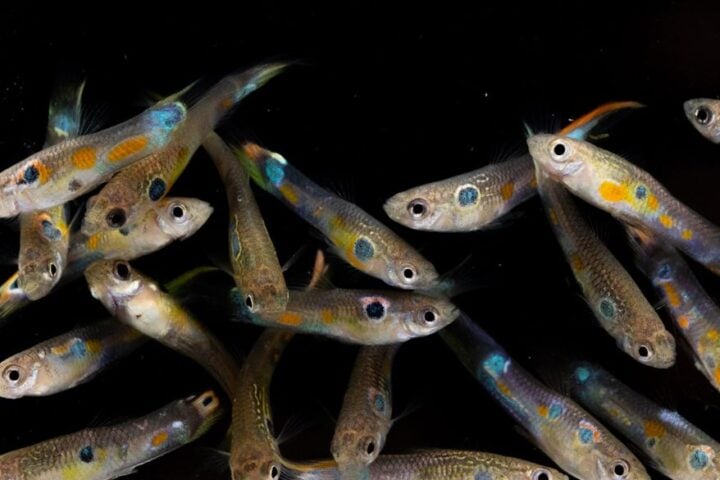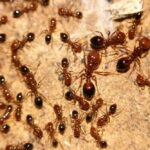Georgia Faces New Agricultural Threat
In a startling revelation, the Georgia Department of Agriculture (GDA) confirmed the presence of the yellow-legged hornet, an invasive species, on American soil. This Asian hornet, known scientifically as Vespa velutina, was spotted in Georgia, marking its first detection in the open U.S. The discovery has raised concerns among experts, especially given the potential agricultural implications.
The Asian Hornet’s Journey to the U.S.
Originating from the tropical and subtropical regions of Southeast Asia, this hornet has already made its mark in parts of Europe, the Middle East, and other Asian territories where it’s considered non-native. The hornet’s ability to adapt and thrive in diverse environments makes it a formidable invader.
Why the Concern?
The yellow-legged hornet, a social wasp species, is notorious for its appetite for honeybees, particularly the European honeybee. With honey production and native pollinators at risk, Georgia’s primary economic driver, agriculture, faces a potential threat. The hornet’s predatory nature could disrupt the ecological balance, affecting both the environment and the economy.
Distinctive Features of the Yellow-Legged Hornet
Often confused with the Northern Giant Hornet, the yellow-legged hornet is generally smaller. The most distinguishing feature is its partially or fully yellow-covered legs. Additionally, these hornets construct egg-shaped paper nests, often in trees, hosting up to 6,000 worker hornets.
Public Participation in Eradication Efforts
The GDA has emphasized the crucial role of public reports in their eradication strategy. Residents are encouraged to capture photographs of suspected hornets and report sightings. The department has set up a dedicated email for this purpose: [email protected]. The GDA’s proactive approach also includes setting up traps to detect more of these pests and, if a colony is found, its immediate destruction.
Similar Posts
Comparisons with the “Murder Hornet”
In 2019, the U.S. faced a similar threat with the discovery of the “murder hornet” or Asian giant hornet in Washington state. These hornets, now termed northern giant hornets, were a cause for concern due to their rapid killing ability, targeting domestic honeybee and hornet species. The yellow-legged hornet’s arrival brings back memories of this previous invasion, underscoring the need for vigilance.
A Call to Action
Georgia Agriculture Commissioner, Tyler Harper, expressed gratitude to the vigilant beekeeper who reported the sighting. The GDA, in collaboration with the U.S. Department of Agriculture and the University of Georgia, is taking steps to trap, track, and eradicate this new threat. The success of these efforts will largely depend on public participation and awareness.
Safety First
While the public’s assistance is invaluable, safety remains paramount. The GDA has advised residents to exercise caution when around these hornets, given their potential danger.
Watch Out
The arrival of the yellow-legged hornet in the U.S. serves as a reminder of the delicate balance of our ecosystem. With the combined efforts of the authorities and the public, there’s hope that this invasive species can be controlled and eradicated. As the situation unfolds, it’s essential to stay informed, vigilant, and proactive in our response.
For more updates on this developing story, stay tuned to kARMACTIVE.COM

